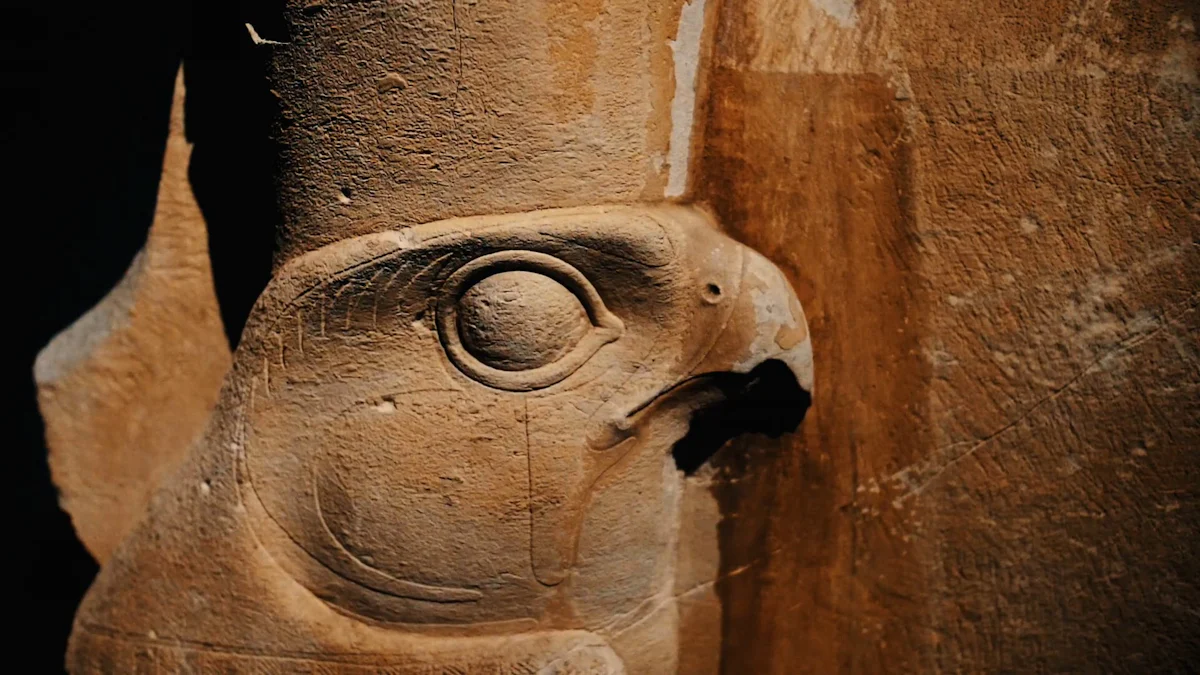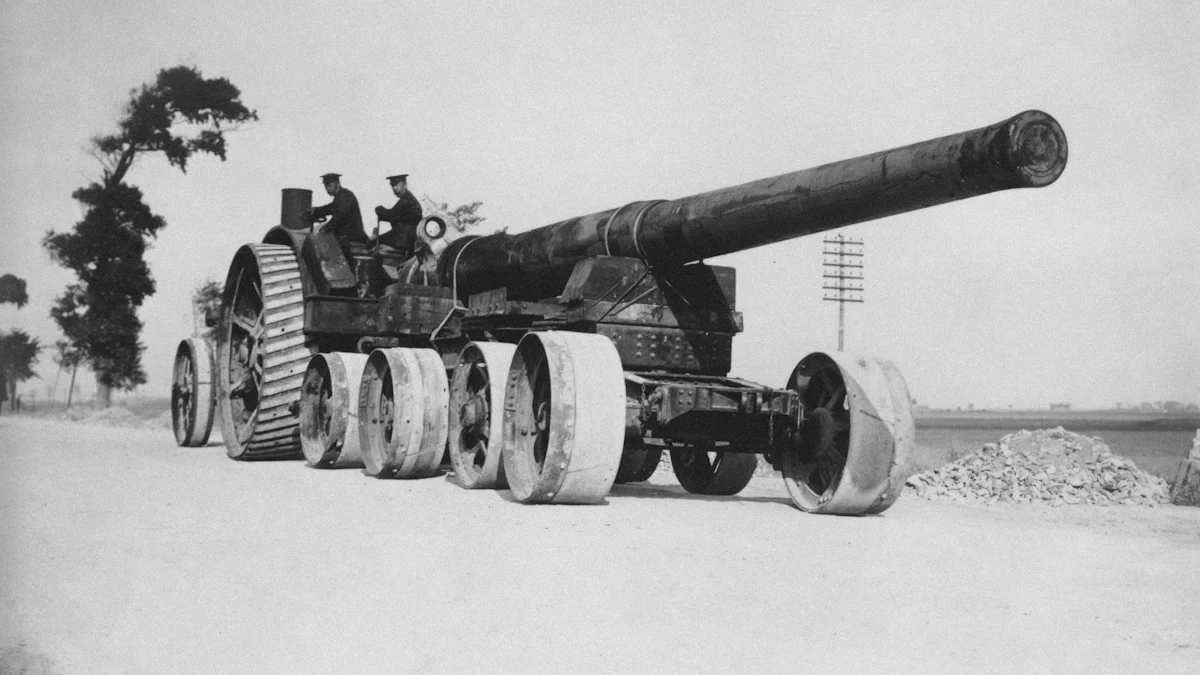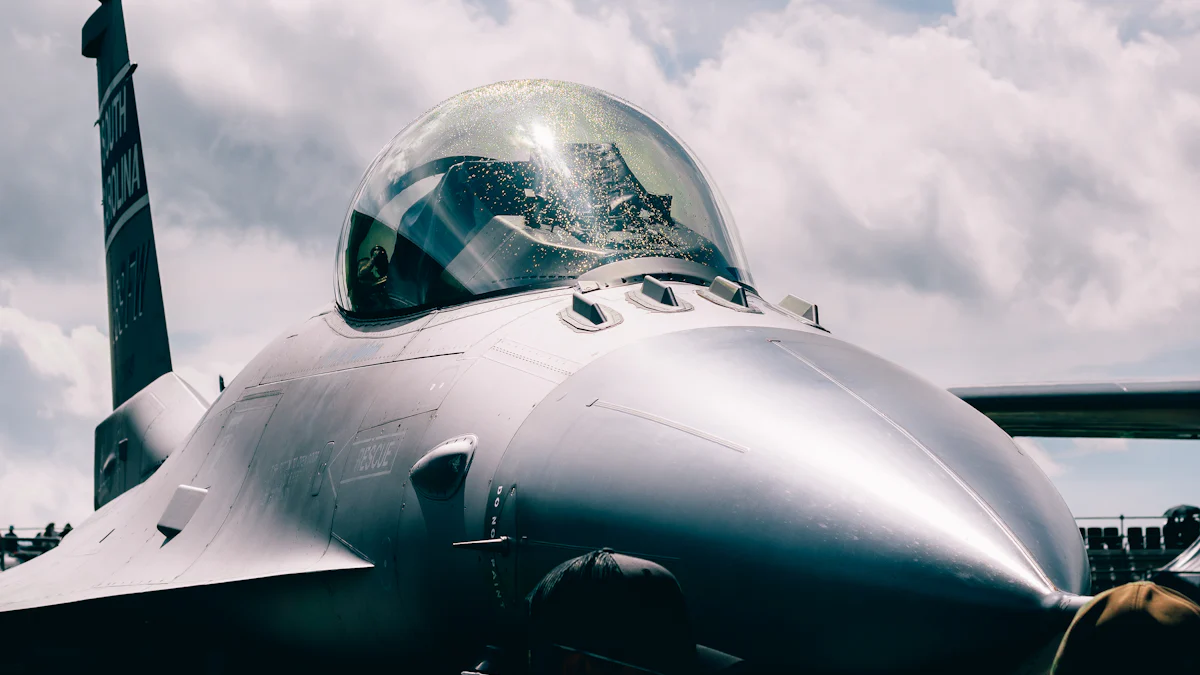Military History: The Definitive Visual Guide to the Objects of Warfare

Military history, a fascinating journey through over 5,000 years, highlights the evolution of warfare. Delving into this history uncovers the development of military weapons, armor, and strategies. A visual guide offers an engaging method to explore these transformations. Detailed illustrations and descriptions provide insights into the technological advancements that have shaped military tactics. This guide serves as an educational resource for understanding the progression of military warfare through time.
Ancient Military History

Early Weapons and Armor
Stone and Bronze Age Tools
The Stone Age marked the beginning of military history. Early humans crafted tools from stone to hunt and protect themselves. These tools included spears, axes, and knives. The Bronze Age followed, introducing bronze as a material for weapons. Bronze allowed for stronger and more durable tools. Societies used bronze to create swords, shields, and helmets. These advancements in weaponry played a crucial role in early military conflicts.
Development of Metal Weapons
The transition to metal weapons revolutionized warfare. Iron replaced bronze due to its superior strength. Blacksmiths forged iron into swords, spears, and armor. This development gave armies a significant advantage in battles. The use of metal weapons spread across various civilizations. Each civilization adapted these tools to suit their military needs. The evolution of metal weapons marked a pivotal moment in military history.
Military Formations and Strategies
Phalanx and Legion Tactics
Ancient armies developed formations to maximize their effectiveness. The Greeks introduced the phalanx formation. Soldiers stood shoulder to shoulder, creating a wall of shields and spears. This tactic provided protection and offensive power. The Romans later adopted and modified this strategy. The Roman legion became a dominant force in military history. Legionaries used discipline and coordination to outmaneuver enemies. These tactics demonstrated the importance of strategy in warfare.
Siege Warfare Techniques
Siege warfare emerged as a critical aspect of military history. Armies laid siege to fortified cities and castles. Engineers designed siege engines like catapults and battering rams. These machines helped breach walls and defenses. Siege warfare required patience and planning. Successful sieges often determined the outcome of wars. The evolution of siege techniques showcased the ingenuity of ancient military engineers.
Medieval Military History
The Age of Chivalry
Knights and Armor
The medieval era introduced the iconic figure of the knight. Knights served as heavily armored cavalry units in medieval armies. Armor evolved significantly during this period. Early knights wore chainmail, which provided flexibility and protection. Later, plate armor became more common. Plate armor offered superior defense against weapons. Knights also wielded swords, lances, and shields. These tools made knights formidable opponents on the battlefield.
Castles and Fortifications
Castles played a crucial role in medieval military history. Castles served as defensive strongholds for feudal lords. Thick stone walls protected inhabitants from attacks. Moats and drawbridges added additional layers of defense. Castles often housed garrisons of soldiers. These soldiers defended against sieges and invasions. Fortifications evolved to withstand advances in siege technology. The design of castles reflected the strategic needs of their occupants.
Technological Advancements
Introduction of Gunpowder

Gunpowder revolutionized medieval warfare. The introduction of gunpowder marked a turning point in military history. Cannons became a powerful tool for armies. Cannons fired large projectiles at enemy fortifications. This capability changed the dynamics of siege warfare. Gunpowder also led to the development of firearms. Firearms gradually replaced traditional weapons like swords and bows. The use of gunpowder bridged the gap between medieval and modern warfare.
Crossbows and Longbows
Crossbows and longbows emerged as significant advancements in military technology. Crossbows offered greater accuracy and power than traditional bows. Soldiers could use crossbows with minimal training. Longbows required more skill but had a longer range. English archers famously used longbows during the Hundred Years' War. These weapons played a vital role in battles. Archers could inflict heavy casualties on enemy forces. The effectiveness of these weapons influenced military strategies.
Early Modern Military History
The Rise of Firearms
Muskets and Cannons
The early modern period marked a significant shift in military history with the introduction of firearms. Muskets became the primary weapon for infantry soldiers. Soldiers could load and fire muskets more efficiently than previous weapons. This efficiency increased the rate of fire on the battlefield. Cannons also played a crucial role in warfare during this era. Armies used cannons to destroy fortifications and enemy formations. The power of cannons changed the dynamics of siege warfare. The American Revolution showcased the impact of these advancements. Firearms bridged the gap between hand-to-hand combat and modern warfare.
Naval Warfare Innovations
Naval warfare experienced significant innovations during the early modern period. Ship designs evolved to accommodate powerful cannons. Warships became floating fortresses capable of engaging enemies at sea. The development of naval tactics allowed for greater strategic maneuverability. The British Royal Navy exemplified these advancements. Naval battles determined the control of trade routes and colonies. These innovations influenced the outcome of conflicts like the American Civil War. Naval warfare continued to evolve, shaping future military strategies.
Military Revolution
Professional Armies
The early modern period witnessed the rise of professional armies. Monarchs established standing armies to maintain control over territories. Professional soldiers received training and equipment from their governments. This development increased the effectiveness of military forces. The organization of armies improved with the establishment of ranks and hierarchies. The American Civil War highlighted the importance of professional armies. New tactics and equipment made it the deadliest conflict in U.S. history. The concept of professional armies laid the foundation for modern military structures.
Changes in Strategy and Tactics
The military revolution brought about changes in strategy and tactics. Commanders emphasized discipline and coordination among troops. The use of firearms required new formations and battle plans. Linear tactics replaced traditional melee combat. Armies adapted to the changing nature of warfare. The American Civil War demonstrated the evolution of military strategies. Commanders employed innovative tactics to gain an advantage. These changes paved the way for future conflicts like WWI and WWII. The evolution of strategy and tactics marked a pivotal moment in military history.
Industrial Military History
World Wars and Mechanization
Tanks and Aircraft
World War I marked the introduction of tanks on the battlefield. The Battle of Cambrai in 1917 showcased the potential of these armored vehicles. Tanks provided mobility and protection for troops. The first tank-on-tank battle occurred in 1918, highlighting their growing importance. World War II saw more powerful tanks. These machines played a significant role in military history. Aircraft also became crucial during this period. Planes like the B-17, Mitsubishi A6M Zero, and Supermarine Spitfire dominated the skies. These aircraft provided reconnaissance and air support. The combination of tanks and aircraft changed warfare dynamics.
Trench Warfare and Artillery
Trench warfare defined much of World War I. Soldiers dug extensive networks of trenches for protection. Artillery barrages aimed to break enemy lines. This strategy resulted in high casualties. The stalemate of trench warfare required new tactics. Artillery technology advanced significantly. Cannons and howitzers increased in range and power. These weapons shaped military history by altering battlefield strategies. The Korean War continued the use of artillery. Rocket launchers like the M20 targeted enemy tanks. These innovations demonstrated the ongoing evolution of warfare.
Technological Breakthroughs
Radar and Communication
World War II introduced radar technology. Radar allowed early detection of enemy aircraft. This advancement provided a strategic advantage. Communication systems also improved. Radios enabled real-time coordination among troops. These technologies enhanced military effectiveness. The ability to communicate quickly changed battlefield tactics. Radar and communication advancements remain vital in modern military history.
Nuclear Weapons
The development of nuclear weapons marked a turning point. The atomic bombings of Hiroshima and Nagasaki in 1945 ended World War II. These events demonstrated the destructive power of nuclear weapons. The Cold War era saw an arms race between superpowers. Nuclear deterrence became a key strategy. The presence of nuclear weapons influenced global military history. Nations focused on preventing nuclear conflict. The impact of these weapons continues to shape international relations.
Modern Military History

Digital and Cyber Warfare
Drones and Robotics
The evolution of military technology has led to the rise of drones and robotics. Drones provide surveillance and reconnaissance capabilities. These unmanned aerial vehicles (UAVs) offer real-time data collection. The United States military utilizes drones for precision strikes. Robotics enhance ground operations with automated systems. Robots perform tasks that reduce human risk in combat zones. The integration of drones and robotics marks a new era in military history.
Cybersecurity and Information Warfare
Cybersecurity has become a critical component of modern warfare. Military forces protect sensitive information from cyber threats. Hackers target networks to disrupt operations and steal data. Information warfare involves manipulating digital content. Propaganda spreads through social media platforms. Nations invest in cybersecurity to safeguard their interests. The digital battlefield represents a significant shift in military history.
Asymmetric Warfare
Guerrilla Tactics
Guerrilla tactics play a crucial role in asymmetric warfare. Smaller forces use unconventional methods against larger armies. Ambushes and hit-and-run attacks characterize these tactics. Guerrilla fighters exploit terrain and local knowledge. The Vietnam War demonstrated the effectiveness of guerrilla warfare. These tactics challenge traditional military strategies. Asymmetric warfare continues to shape military history.
Counterinsurgency Strategies
Counterinsurgency strategies address the challenges of asymmetric warfare. Military forces aim to win the support of local populations. Hearts and minds campaigns focus on building trust and cooperation. Security measures target insurgent groups and their networks. The Iraq War highlighted the importance of counterinsurgency efforts. Successful strategies require coordination between military and civilian agencies. The evolution of counterinsurgency reflects changes in military history.
The evolution of warfare spans thousands of years, showcasing remarkable advancements in military technology and strategy. The transition from ancient stone tools to modern drones highlights this progression. Each era introduced innovations that shaped combat tactics and strategies. Modern military strategies now incorporate digital and cyber warfare. Remote warfare capabilities allow for strategic operations from a distance. Urban defense remains crucial, influencing war outcomes. The book "Military History: The Definitive Visual Guide to the Objects of Warfare" offers an in-depth exploration of these developments. Readers are encouraged to delve deeper into this comprehensive visual guide.
See Also
Battle: The Ultimate Illustrated Chronicle
Armor: The Ultimate Visual Guide to Military Vehicles
Vietnam Conflict: The Ultimate Visual Retrospective
Creativity: The Ultimate Visual Reference
Revolution: The Ultimate Illustrated Account of America's Birth

